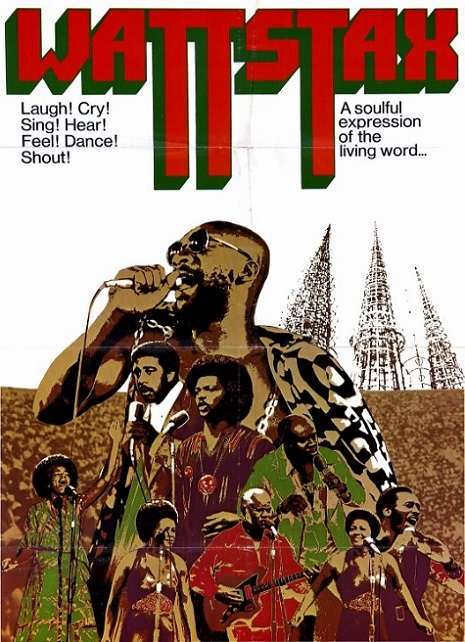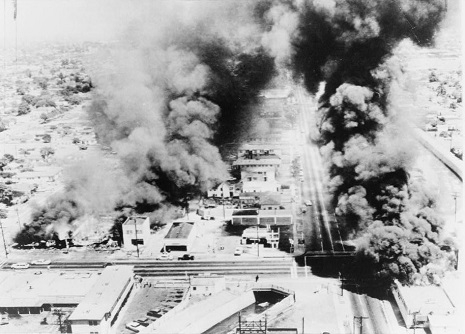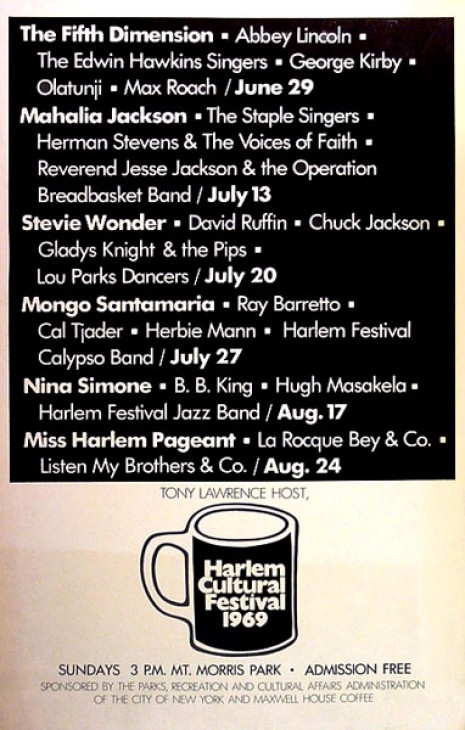
The Watts Riots are often referred to by lefties as “The Watts Rebellion.” While both are technically accurate descriptions, “rebellion” is considered the preferable word by sympathists, since “riot” has a negative connotation. For me, the word “riot” lacks any moralist stigma, since rioting has historically played a necessary role in the resistance of oppressed people. I also think “riots” paints a more identifiable picture.
In addition to less explicit economic discrimination, the Watts neighborhood of Los Angeles was plagued with racist attacks from both white gangs and and a militarized police force (sound familiar?). The 1965 events that incited the riots are convoluted, but (briefly) a black man was arrested for driving under the influence, his brother (who was was a passenger), left to inform the man’s mother, who showed up to the arrest. There was a physical altercation, all three black citizens were arrested, and onlookers from the neighborhood began throwing things at the cops.
Eight days later, 34 deaths, 1,032 injuries and 3,952 arrests. 600 businesses were destroyed and over $40 million was done in damages over a 46-square mile-area.

In 1972, Stax Records put on a concert featuring their artists to commemorate the riots. Tickets for the Wattstax music festival (held in the massive L.A. Coliseum) were sold for $1 each to keep the event affordable for working class Los Angeles residents. Mel Stuart, who had just directed Willy Wonka & the Chocolate Factory (a box-office bomb, despite its classic status), documented the concert in Wattstax, the electric results of which you see below. Wattstax has been shorthanded as “The Black Woodstock,” but it’s so much more.
The film is something greater than a record of fantastic concert footage, though the performances from artists like The Staples Singers, Isaac Hayes and The Bar-Kays are mind-blowing. It’s the interviews with Watts residents, who reflect on their lives and politics and what has and hasn’t changed since the riots, that really make the film. Richard Pryor serves as a kind of Greek chorus, and his interactions with the crowd are hilarious and full of humanity. You’ll notice that nearly the entire audience defiantly stays seated during Kim Weston’s rendition of the national anthem.
If you want a good clip to sample, there’s a fantastic bit starting around the 38:30 mark where Richard Pryor riffs on black identity (and pork). It then cuts to The Bar-Kays (looking like a heavenly choir from outer space), who do a blistering version of “Son of Shaft.”
Via Open Culture






